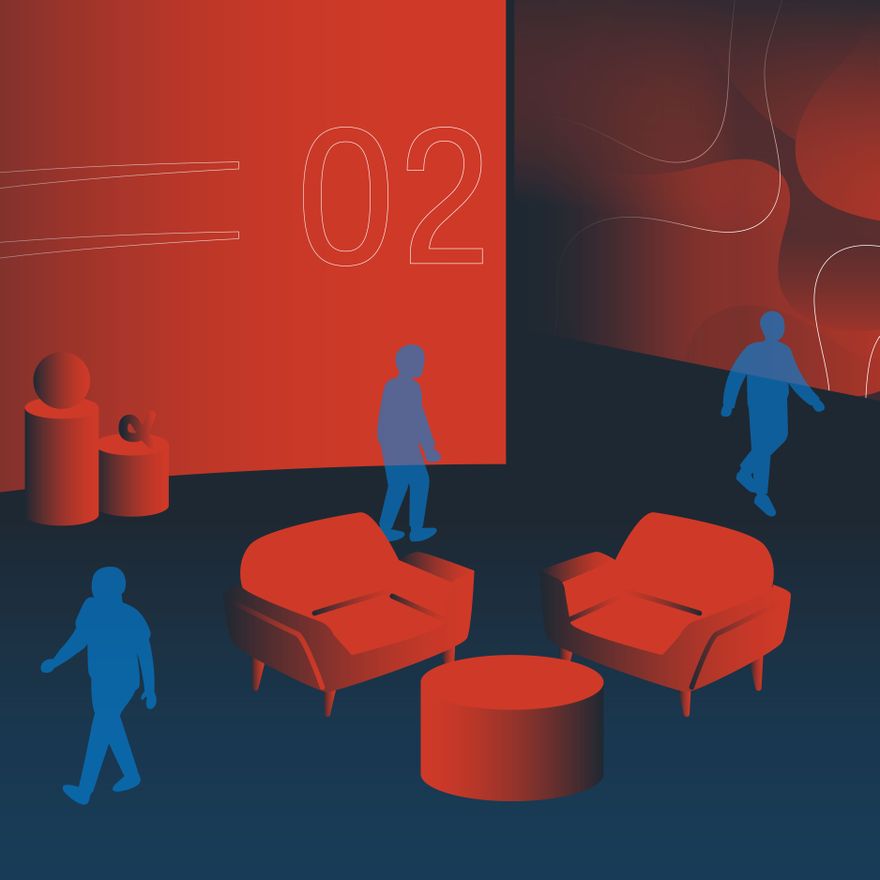From painting walls in brand colors to installing 3D textured logos to branded messages and imagery in a conference room, there are many ways to incorporate branding in office space and on any budget. This customization is an important element in making employees feel energized, empowered, and confident in their roles—and helping them stay connected to the message you send to clients.
When employees work in an environment that reflects their company’s values and mission, they are more likely to feel a sense of belonging and pride in their work. Visual cues such as color schemes, logos, and value statements subtly reinforce the company’s identity and objectives, which can translate to higher motivation and a stronger alignment and affinity with organizational goals.
In fact, research shows that humans are biologically wired to gravitate towards good design. “A prominent theory in aesthetics proposes that our preference for beauty, given its spontaneous and compelling influence on our behaviour, is driven by a natural tendency encoded in our minds intrinsically rather than an explicit real-time social cognitive processing of the contextual information,” says the National Library of Medicine.
This research helps to explain why people care a lot about what their homes look like, especially since a lot of time is spent there. In that same vein, people also spend a lot of time working at their corporate office. A space where people need to be their most professional, focused, and collaborative. This is why it is critically important for employers to not only consider, but carefully design the space where employees spend their days.
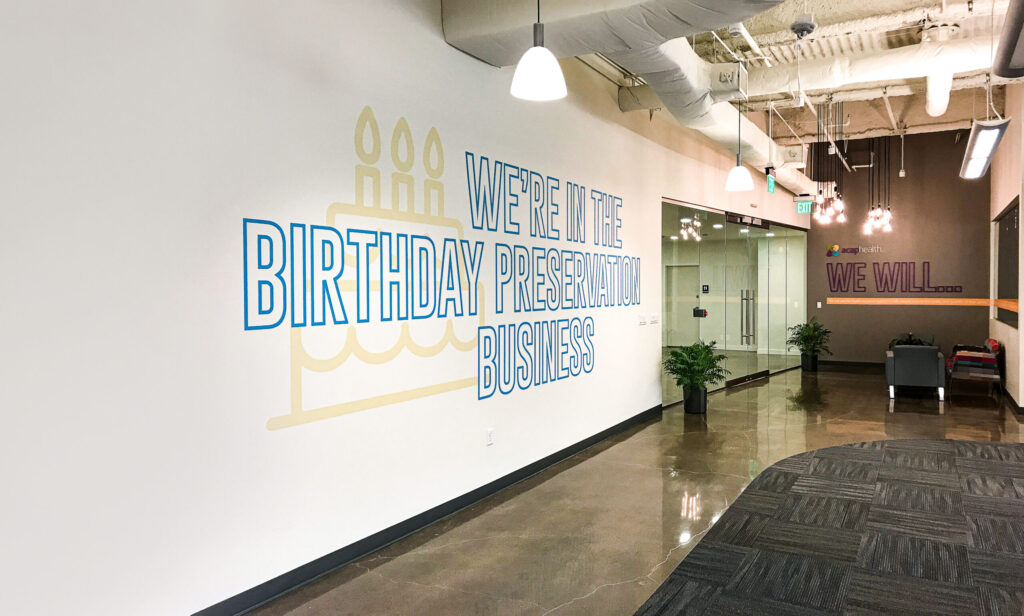
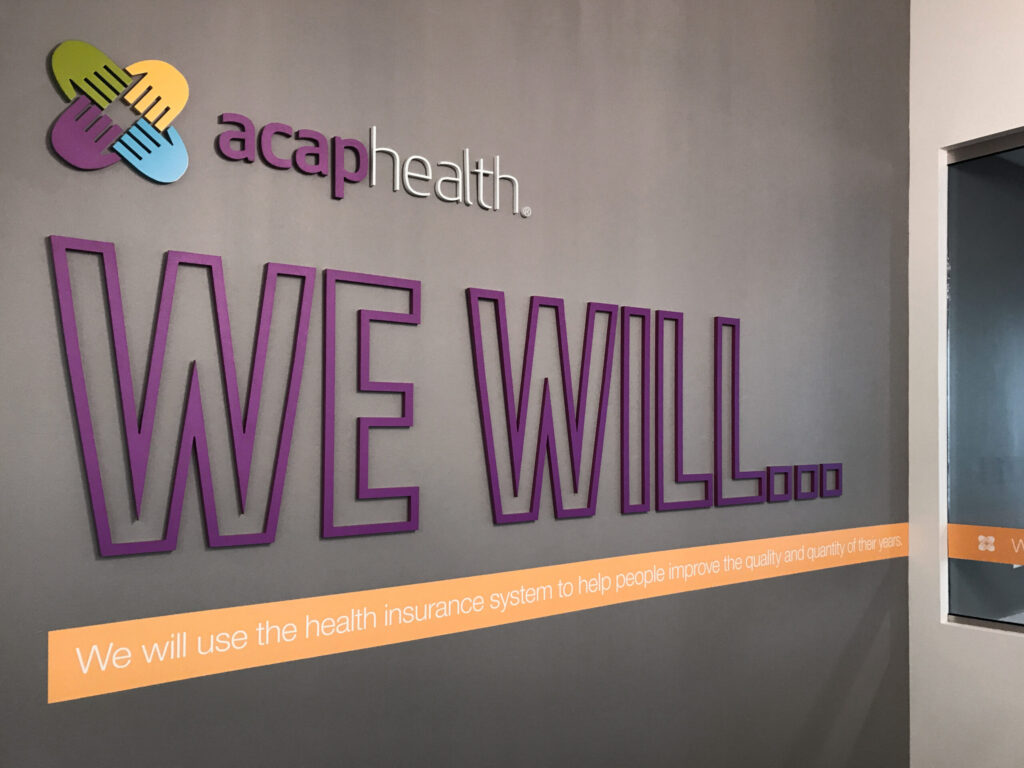
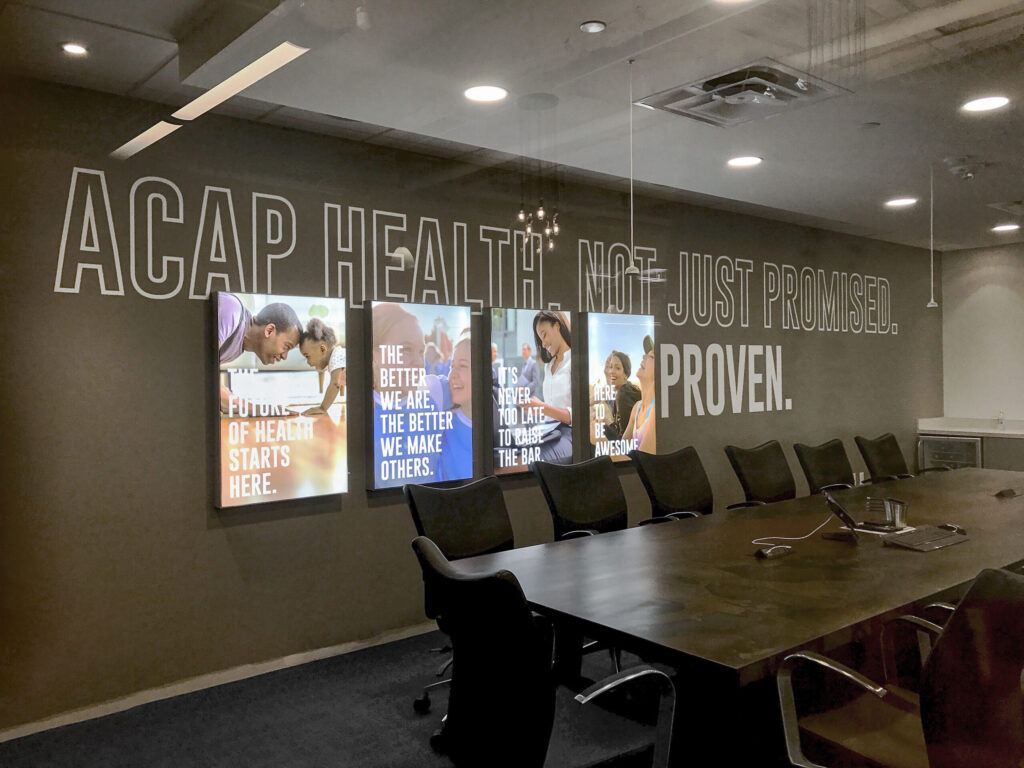
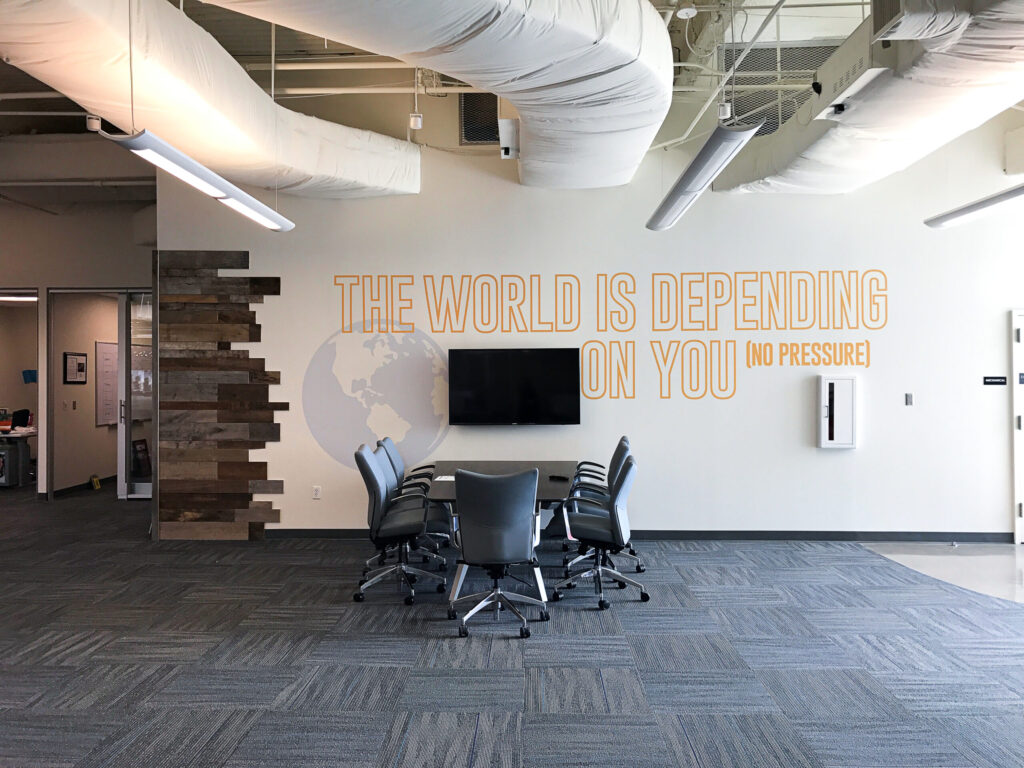
Office transformation = positive outcomes
A thoughtfully branded environment can stimulate creativity and collaboration. For example, meeting rooms with inspiring visuals and messages can foster innovative thinking and productive discussions. Ergonomically designed workspaces that incorporate brand elements can also improve comfort and reduce fatigue, leading to sustained productivity throughout the day. Even incremental points of brand positivity can create connections that help soften the resistance to hybrid work and in-person collaboration.
A refresh of the public-facing areas, reception, meeting spaces, and open-concept seating can go a long way to sparking the emotional connections that need to be established when doing business.
People stand a little taller in a space that feels like success. Creating a space that employees feel good in, want to be in, and are proud of is key to enhancing productivity. When employees take pride in their workspace as a reflection of their company, it fosters a more positive attitude towards their tasks and responsibilities. This positive atmosphere can also enhance teamwork and communication, as employees are more likely to engage and interact in a cohesive, well-branded space that makes them feel valued and successful.
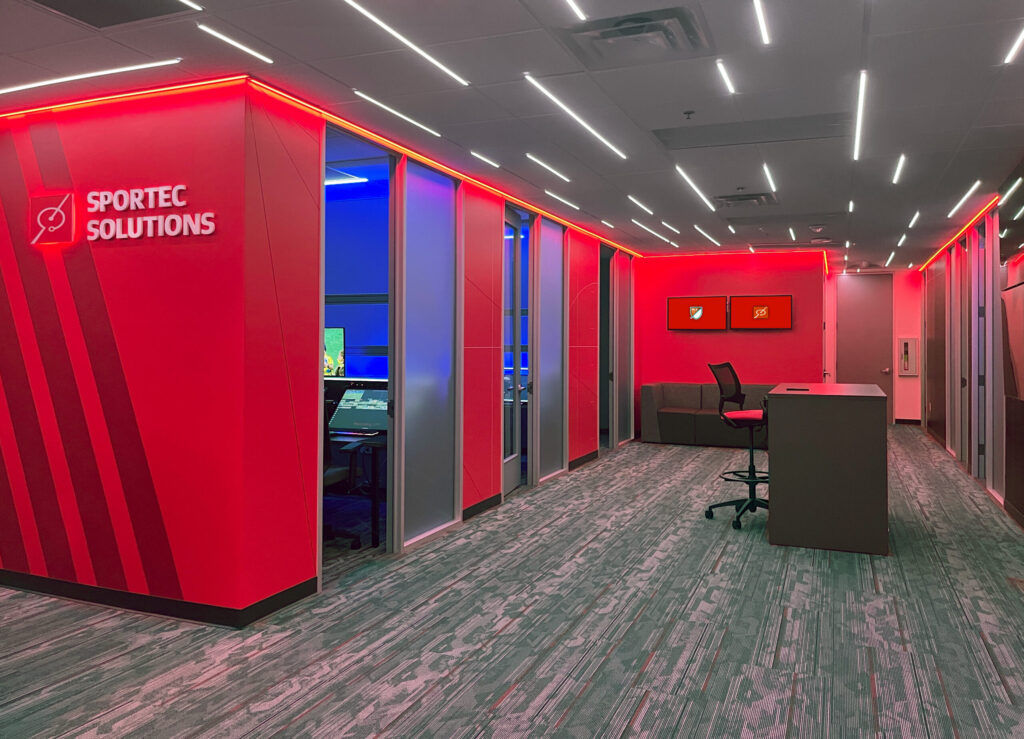
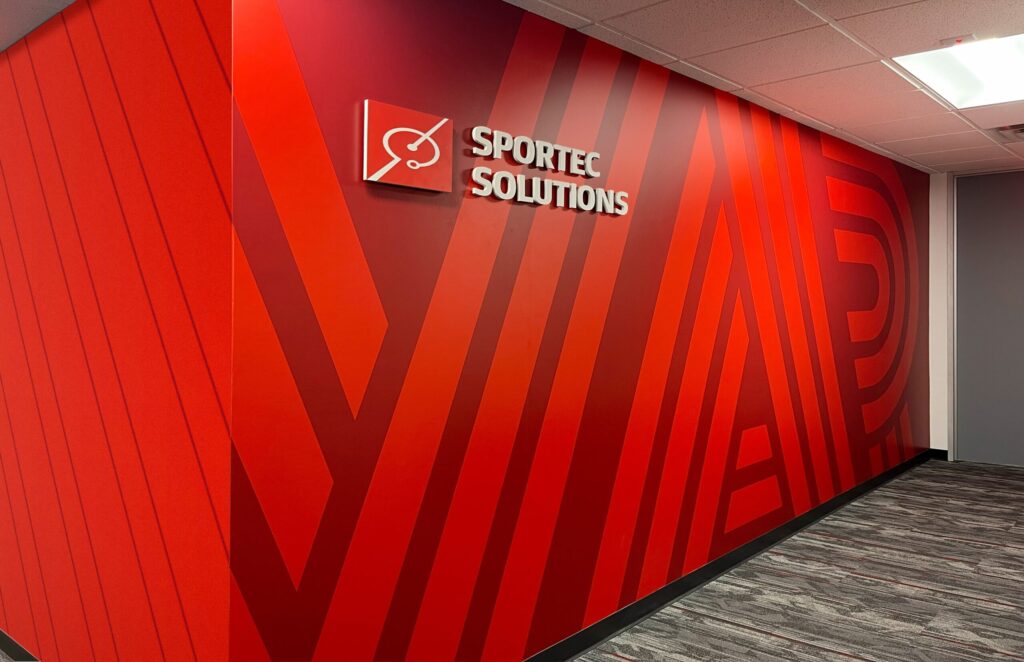

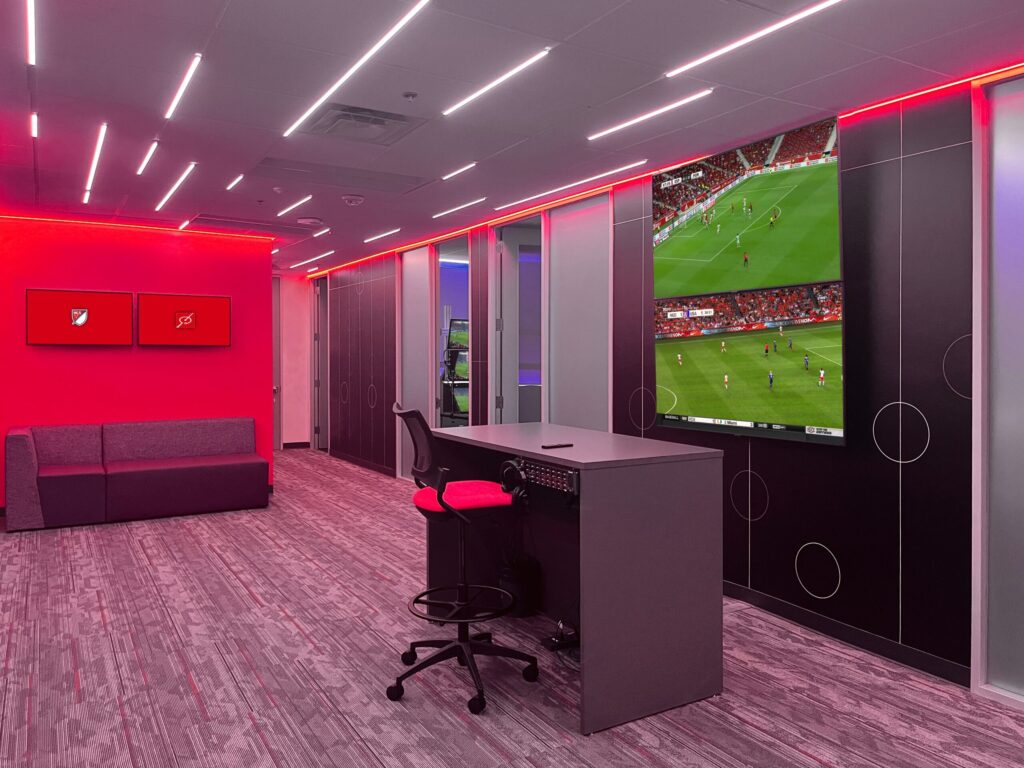
A “people-first” impact on business
A well-branded environment enhances your perceived stability, reinforces your brand, and fosters affinity for your brand for clients as well. A space that is captivating leaves a lasting impression, and every visitor carries a part of your brand with them when they leave. When clients or prospects visit an office that tells a story through its design—whether it’s a hand-painted timeline of the company’s history, a reception area showcasing client testimonials, or upgrading a common area with a mural of core values—they gain a deeper understanding and affinity for what the company stands for. Creating “people first” interiors helps to build stronger relationships and trust, ultimately benefiting the business.
Who are you to the people who walk through your doors: Innovative and vibrant? Timeless and foundational? Hi-Tech and modern? Leave a lasting impression so that your clients, vendors, and employees understand your company better and share your message with the next person they know who needs to know what you have to offer.
More and more companies are investing in their space to spotlight the stability of the business and to make it a place employees will want to come and where culture and creativity can thrive. Take Google, as an example. Known for its creativity and innovation, Google’s office spaces are individualized but all utilize vibrant colors, dimensional branded logos and textures, collaborative work zones and incorporate various sustainable features and installations. The designs of their spaces are consistent with who they are as a brand – colorful, inspirational, and sustainable. Additionally, internal polls showed a 37% rise in employee satisfaction and 32% improvement in total productivity, according to Medium.
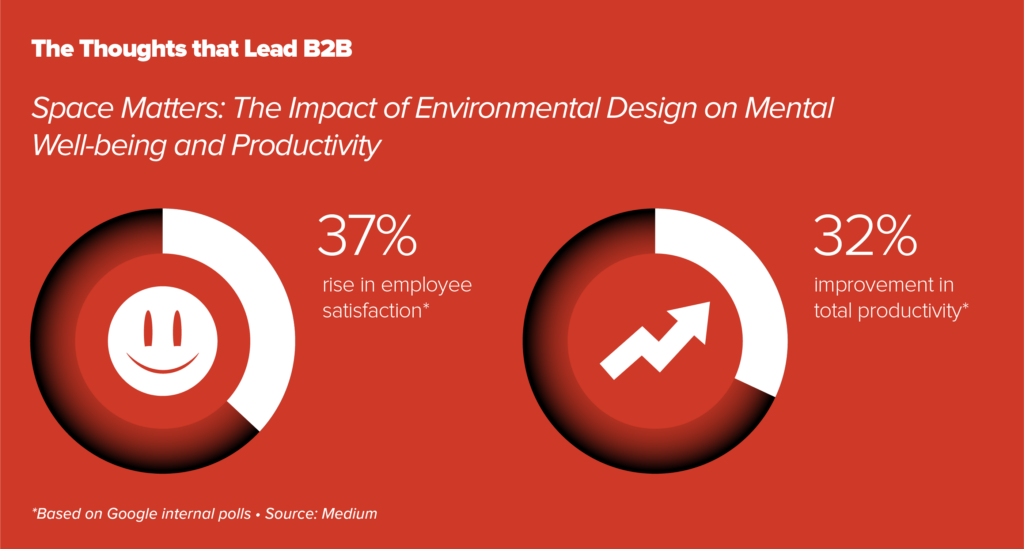
Putting the why in ROI
One of our core beliefs at Spire is that the world around us should be well-designed; this is truly our reason for being. Why, you ask? Because design impacts and influences so many aspects of life and our connections to the people around us.
A branded workplace is an investment in both the workforce and client relationships. It signals to employees that the company cares about their well-being and success, which can lead to higher retention rates, creativity, and productivity. Simultaneously, it creates a welcoming and impressive space for clients, enhancing their feelings of value and solidifying their connection with your brand.
By fusing your brand identity with transformational, cohesive design, an experiential ROI is born.
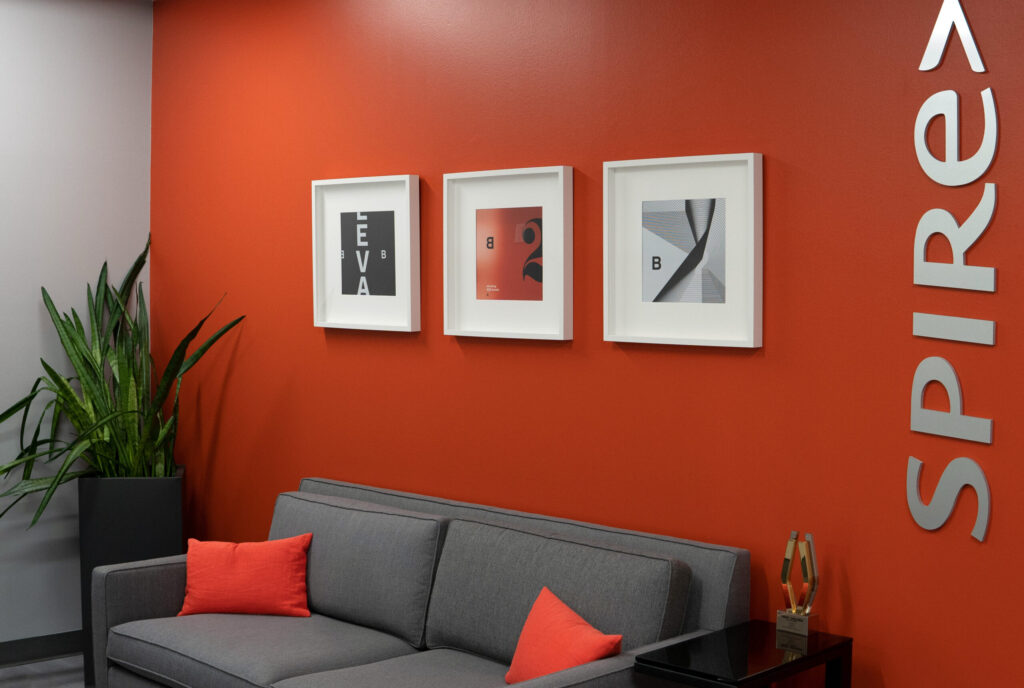
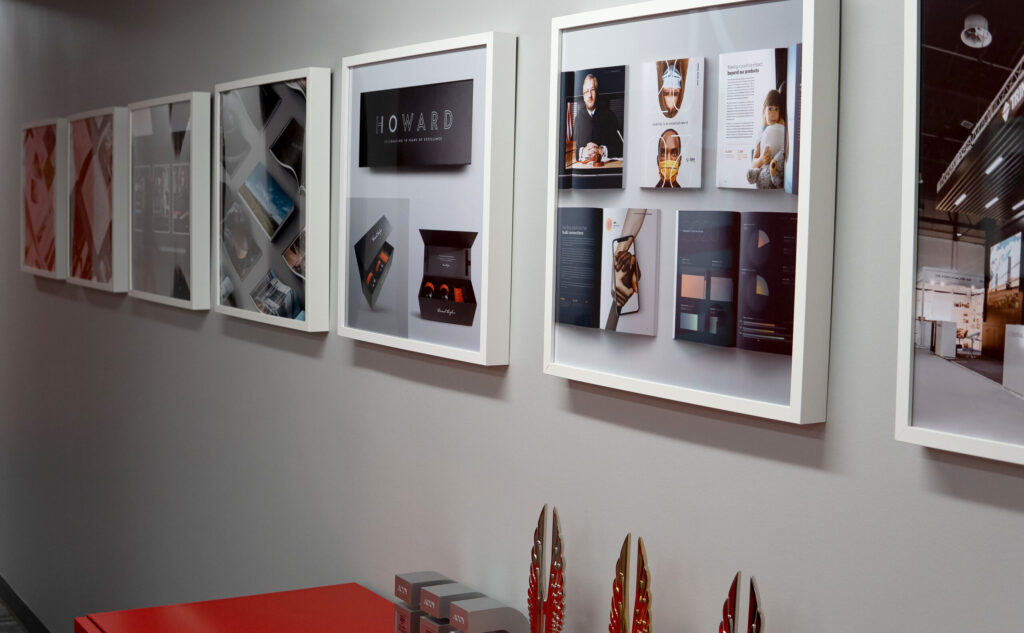
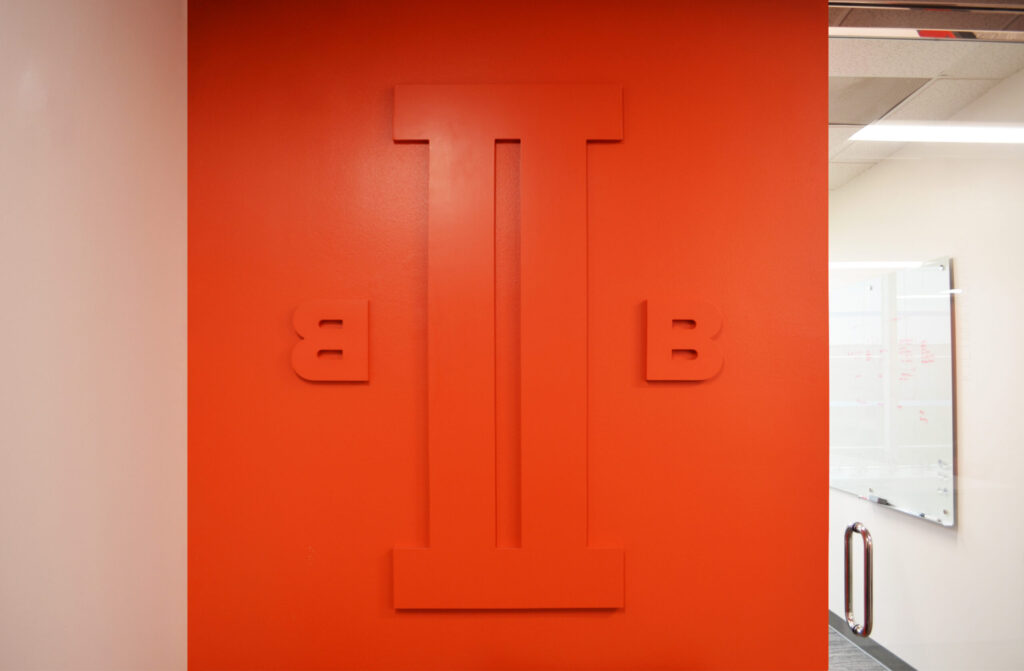
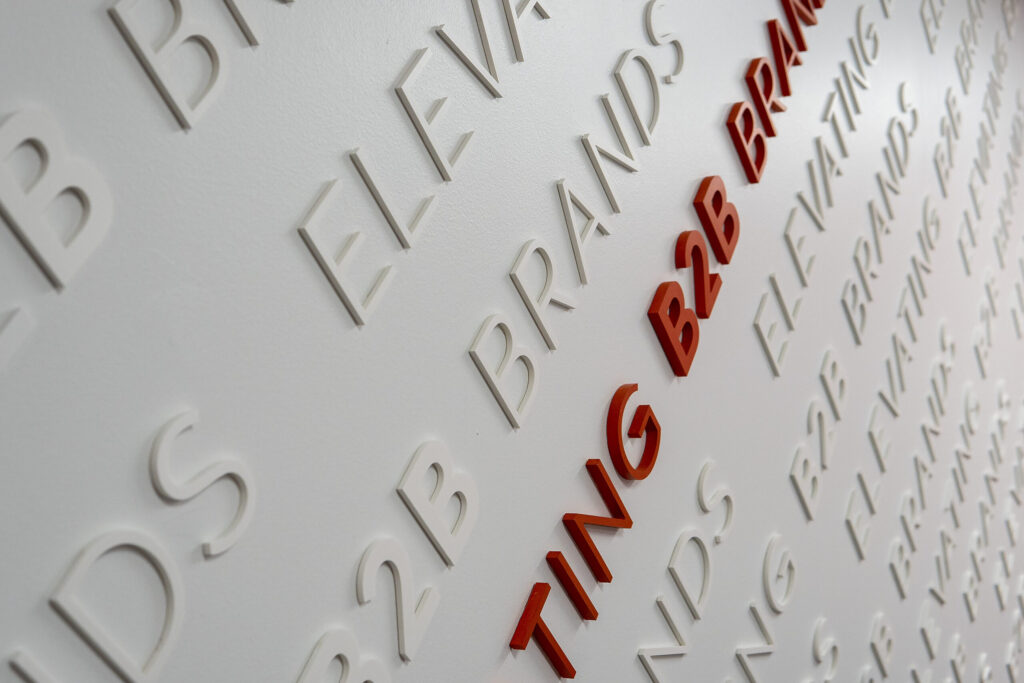
Julia Cardali is a Principal/Account Supervisor with Spire Agency.
To stay up to date on agency news, awards, and blog posts, subscribe to our Spire Wire newsletter.
